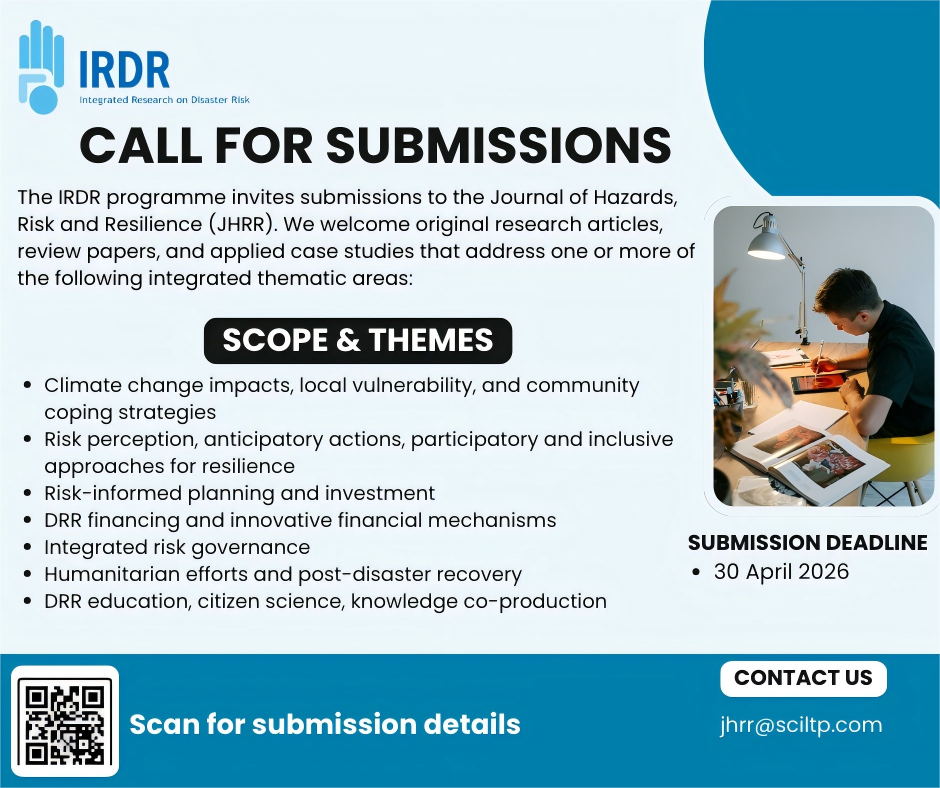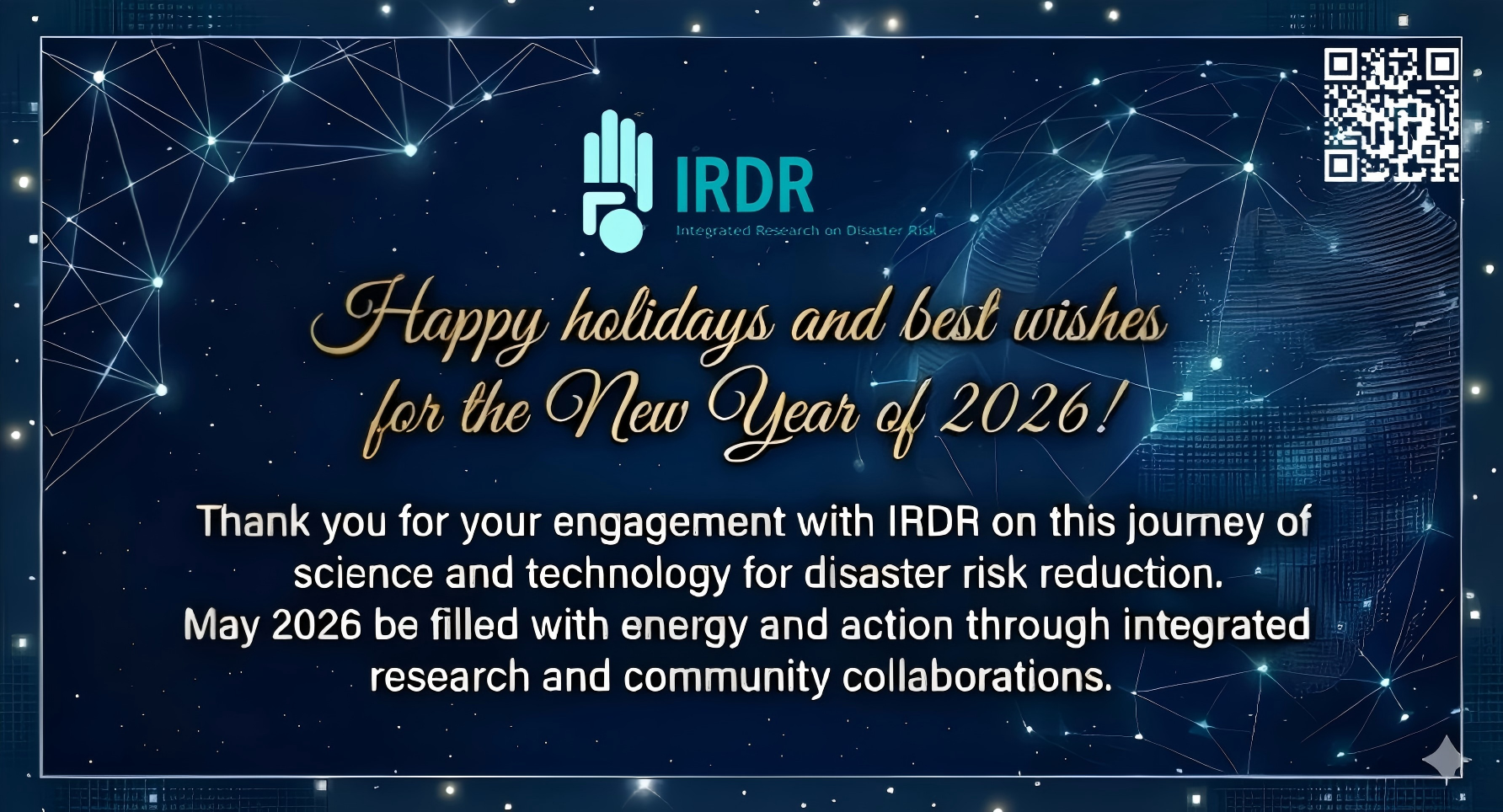At the culmination of the IRDR Science Committee meeting, a dedicated session was held on networking and partnering with China-based international projects related to disaster risk science.
IRDR China led off with a presentation on their 5 new thematic working groups focused on disaster risks. These are: earthquakes and geological hazards (WG1), flood and drought (WG2), storms (WG3), risk driven by climate change (WG4), and urban (WG5). A 6th working group aims to assess the state of integrated disaster risk research in China (modeled after IRDR’s AIRDR project).
These were followed by Qian Ye’s of Beijing Normal University report on the Integrated Risk Governance Project (IRG) which he leads as Executive Director (a Future Earth core project). IRG seeks to improve governance in very large-scale, systemic and complex disasters (VLSDs) which exceed current coping capacities. He was followed by Tianha Hong (Executive Deputy Director of UNESCO’s International Centre on Space Technologies for Natural and Cultural Heritage – HIST) who showed how UNESCO uses space technologies for better identification, conservation, management and sustainable development of the natural and cultural heritage of humankind. This is a growing challenge as UNESCO has designated 1007 World Heritage sites, 621 Biosphere reserves, and 111 Global Geoparks and this number is growing every year. The discussion focused on the importance of biospheres and geoparks in hazard mitigation (i.e., mangroves protect from combat storm surges, forests can prevent landslides, etc).
The session ended with Professor Fang Chen (Executive Deputy Director of CAS-TWAS Center of Excellence on Space Technology for Disaster Mitigation – CoE SDIM) explaining how his program supports developing countries with space technology. For example, their Crop Watch system uses remote sensing of the earth to monitor wheat, rice, maize, and soybean crop growth. The results are communicated in 4 bulletins a year. CAS-TWAS SDIM also uses virtual ground stations to transmit information from satellites; they are already providing this information to Kyrgyzstan, Mongolia, Belgium, and Cambodia.






